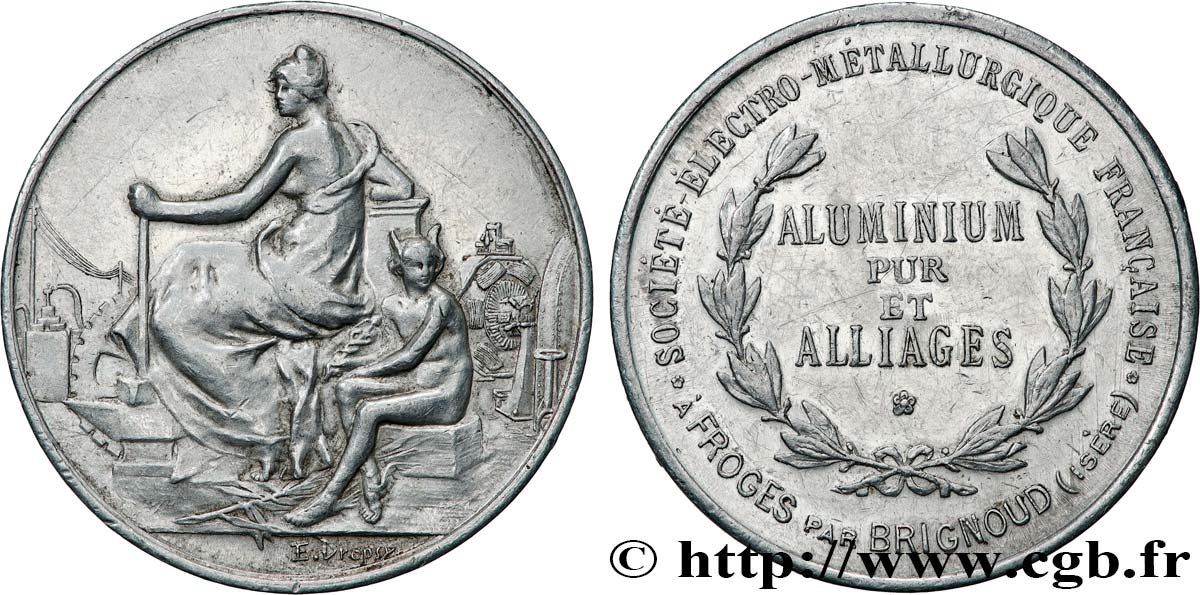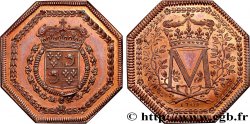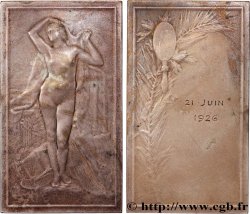Live auction - fjt_906591 - DAUPHINÉ - NOBLESSE ET VILLES Société d’électro-métallurgie française Brignoud n.d.
Чтобы принять участие в торгах, вы должны войти в систему и стать подтвержденным участником аукциона. Войдите, чтобы сделать ставку. Ваш аккаунт будет подтвержден в течение 48 часов. Не ждите до закрытия торгов, чтобы зарегистрироваться.Сделав ставку на данный товар, вы вступаете в юридическое соглашение на покупку выбранного товара и нажатием кнопки «Сделать ставку» подтверждаете принятие вами условий интернет-аукционов cgb.fr.
Ставка может бить сделана только в полном эквиваленте евро. Торги закроются согласно времени, указанному в описании товара, все ставки, сделанные после закрытия торгов, учитываться не будут. Не следует откладывать предложение вашей ставки до последнего момента, так как система может не успеть обработать вашу заявку, и ваша ставка не будет принята. Более детальную информацию вы найдёте здесь: FAQ по интернет-аукционам.
Все ставки победителей подлежат комиссии 18%.
Все ставки победителей подлежат комиссии 18%.
| Оценить : | 20 € |
| Цена : | 10 € |
| Максимальная предлагаемая цена : | 15 € |
| Конец торгов : | 09 April 2024 18:53:32 |
| Участников : | 1 Участников |
Тип Société d’électro-métallurgie française Brignoud
Дата: n.d.
Металл: aluminium
Диаметр: 37 mm
Ориентация осей монеты: 12 h.
Вес: 4,19 g.
Век: lisse
Лицевая сторона
Аверс: описание: Allégorie du travail (la France ?) assise de dos vers la gauche ; derrière elle Mercure assis au-devant de générateurs électriques ; à l’exergue signature E. DROPSY.
Обратная сторона
Реверс: легенда: SOCIÉTÉ ÉLECTRO-MÉTALLURGIQUE FRANÇAISE// * FROGES PAR BRIGNOUD (ISÈRE) * AU CENTRE EN QUATRE LIGNES : ALUMINIUM/ PUR/ ET/ ALLIAGES.
Реверс: Описание: Couronne de laurier, au centre en quatre lignes : ALUMINIUM/ PUR/ ET/ ALLIAGES.
Комментарий
L’aluminium est au XIXe siècle, avant de connaître un succès considérable au XXe siècle, un métal rare et très cher à produire à ses débuts : il est isolé pour la première fois en 1825 par le chimiste danois Hans Christian ŒRSTED, grâce à une réaction chimique avec un amalgame au potassium. Entre 1827 et 1845, le chimiste allemand Friedrich WOHLER est le premier à mesurer la densité de l'aluminium et à montrer sa légèreté. En France, Henri Sainte-Claire Deville expose de l'aluminium pur à l'Exposition internationale de Paris en 1855. En 1887, la création de la Société Électrométallurgique Française permet l’ouverture d’une usine à Froges dans l'Isère, équipée des premières cuves de fabrication industrielle d'aluminium électrolytique.
In the 19th century, before experiencing considerable success in the 20th century, aluminum was a rare and very expensive metal to produce at the beginning: it was isolated for the first time in 1825 by the Danish chemist Hans Christian ŒRSTED, thanks to a chemical reaction with a potassium amalgam. Between 1827 and 1845, the German chemist Friedrich WOHLER was the first to measure the density of aluminum and to demonstrate its lightness. In France, Henri Sainte-Claire Deville exhibited pure aluminum at the International Exhibition in Paris in 1855. In 1887, the creation of the Société Électrométallurgique Française allowed the opening of a factory in Froges in Isère, equipped with the first vats for the industrial production of electrolytic aluminum.
In the 19th century, before experiencing considerable success in the 20th century, aluminum was a rare and very expensive metal to produce at the beginning: it was isolated for the first time in 1825 by the Danish chemist Hans Christian ŒRSTED, thanks to a chemical reaction with a potassium amalgam. Between 1827 and 1845, the German chemist Friedrich WOHLER was the first to measure the density of aluminum and to demonstrate its lightness. In France, Henri Sainte-Claire Deville exhibited pure aluminum at the International Exhibition in Paris in 1855. In 1887, the creation of the Société Électrométallurgique Française allowed the opening of a factory in Froges in Isère, equipped with the first vats for the industrial production of electrolytic aluminum.








 Cообщить об ошибке
Cообщить об ошибке Распечатать страницу
Распечатать страницу Отправить мой выбор
Отправить мой выбор Задать вопрос
Задать вопрос Consign / sell
Consign / sell
 Информация
Информация










